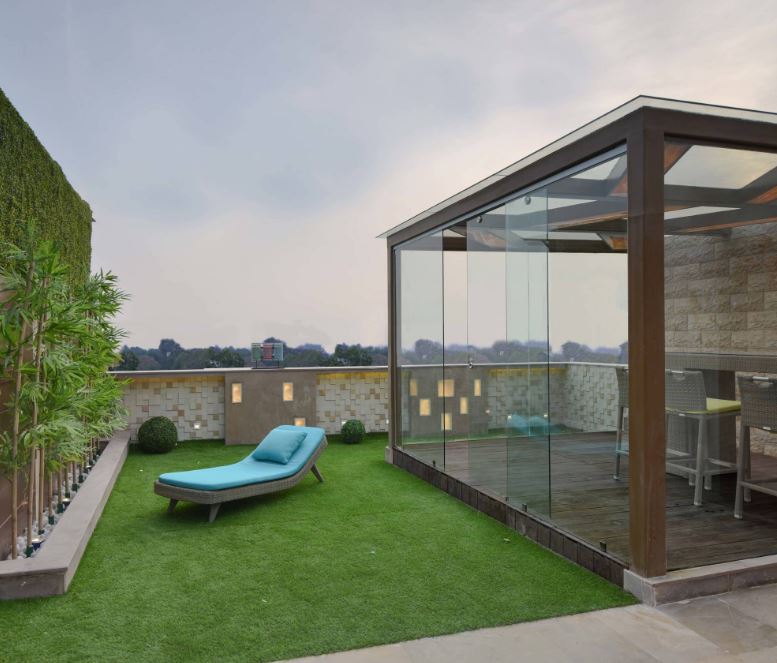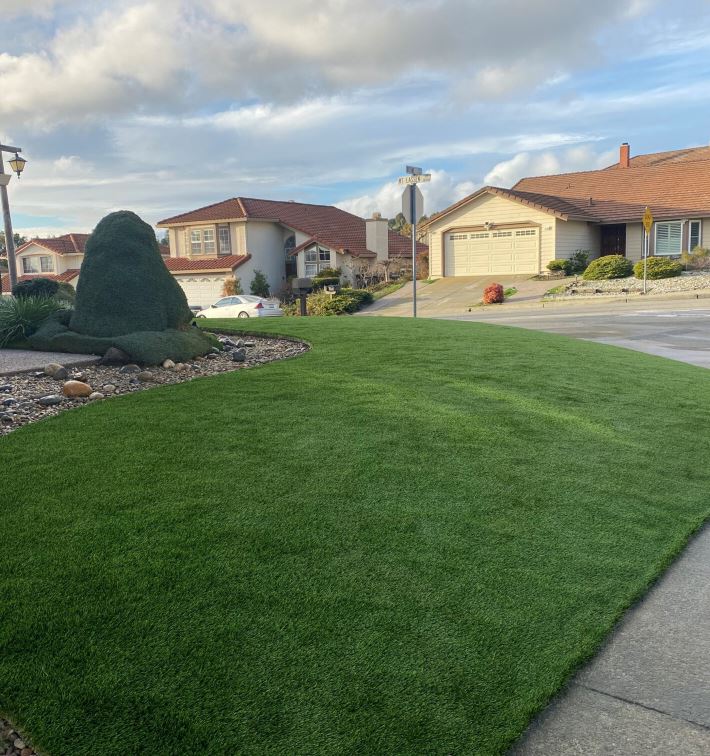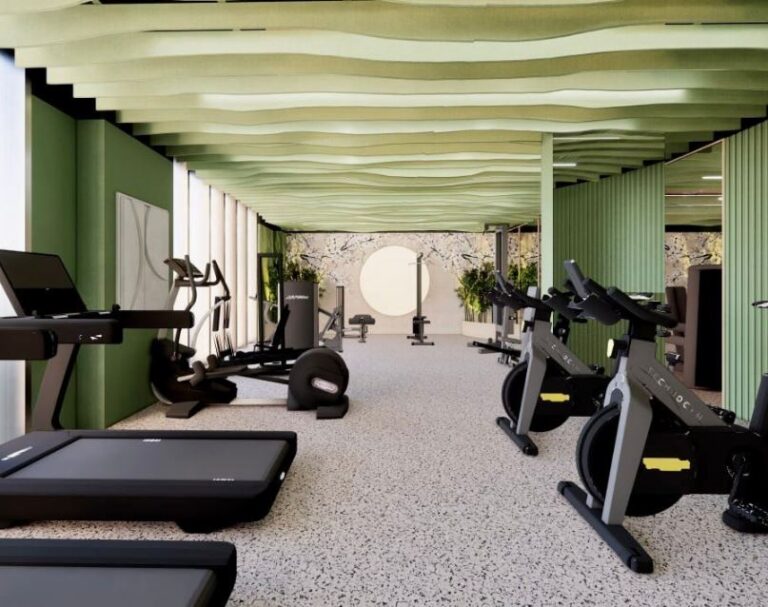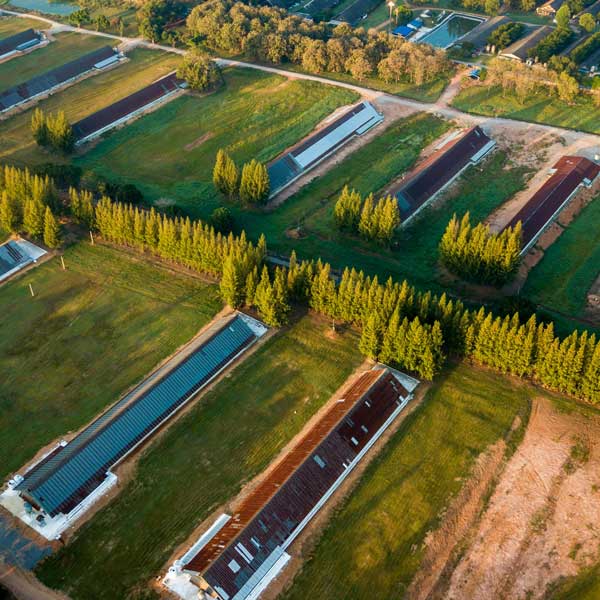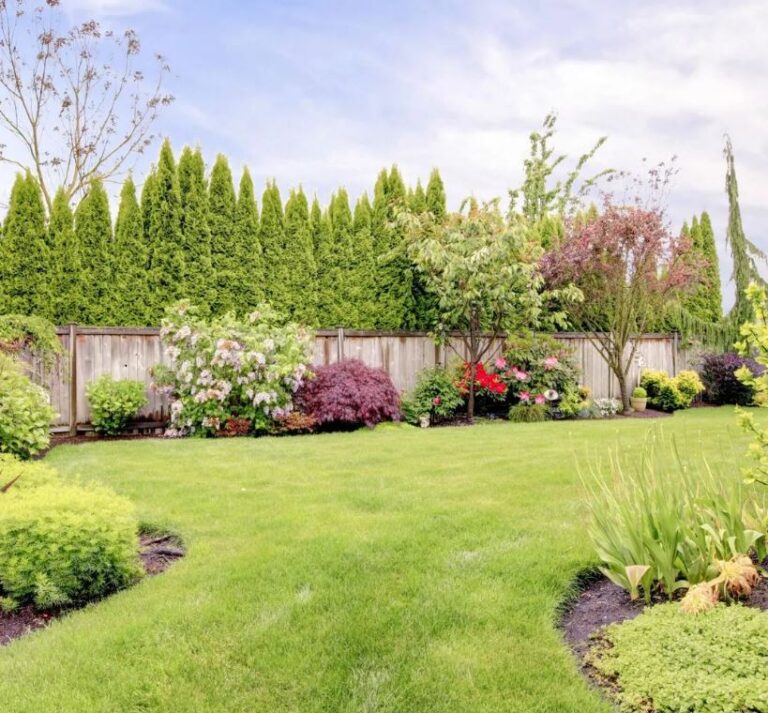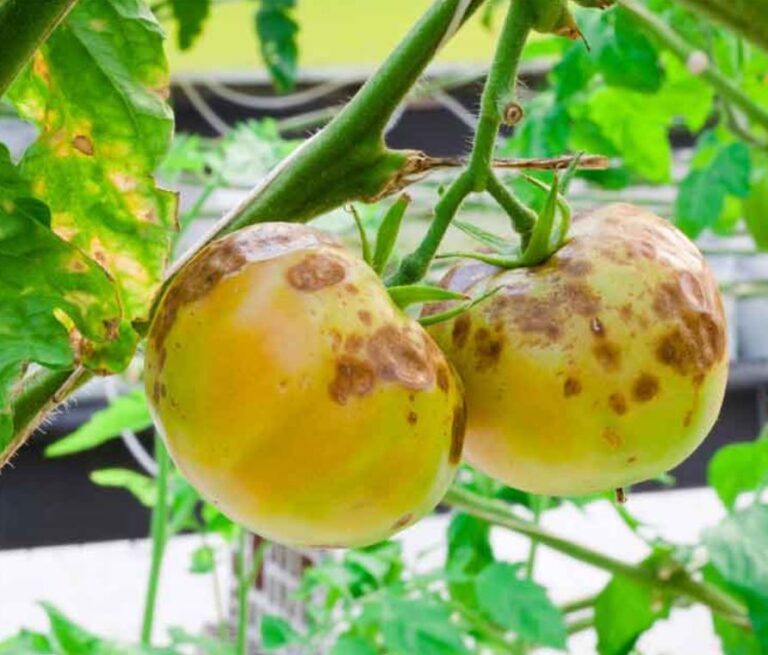The Terrace Roof: Why Opt for a Green Terrace?
In the hustle and bustle of urban life, finding a slice of nature can feel like a luxury. As cities grow taller and concrete jungles expand, the need for green spaces becomes more pressing. Enter the green terrace—a concept that’s not just aesthetically pleasing but also environmentally and personally beneficial. Whether you’re a homeowner, a city dweller, or someone who simply loves the idea of blending nature with modern living, a green terrace might just be the upgrade your life—and your home—needs. But what exactly is a green terrace, and why should you consider it? Let’s dive in.
What is a Green Terrace?
A green terrace, also known as a green roof or living roof, is a rooftop that’s partially or completely covered with vegetation. It’s not just about throwing some soil and plants on your roof; it’s a carefully designed system that includes waterproofing, drainage, and soil layers to support plant life. Green terraces can range from simple grass covers to elaborate gardens with shrubs, flowers, and even small trees.
The concept isn’t new—green roofs have been around for centuries, from the Hanging Gardens of Babylon to the sod roofs of Scandinavian homes. But in today’s world, they’ve taken on a new significance as a sustainable solution to urban challenges.
Why Should You Opt for a Green Terrace?
1. Environmental Benefits
One of the most compelling reasons to go green with your terrace is its positive impact on the environment. Here’s how:
- Combat Urban Heat Islands: Cities are often several degrees warmer than their surrounding areas due to the abundance of concrete and asphalt. Green terraces absorb heat and provide natural insulation, helping to cool down urban environments.
- Improve Air Quality: Plants act as natural air filters, absorbing pollutants and carbon dioxide while releasing oxygen. A green terrace can contribute to cleaner air, especially in densely populated areas.
- Stormwater Management: Green roofs absorb rainwater, reducing runoff and the risk of flooding. They also filter pollutants from the water, preventing them from entering waterways.
- Biodiversity Boost: A green terrace can become a mini-habitat for birds, insects, and even small animals, promoting biodiversity in urban settings.
2. Energy Efficiency
Did you know that a green terrace can significantly reduce your energy bills? The layer of soil and vegetation acts as natural insulation, keeping your home cooler in the summer and warmer in the winter. This means less reliance on heating and cooling systems, which translates to lower energy consumption and cost savings.
3. Aesthetic Appeal
Let’s face it—green terraces are stunning. They transform dull, unused rooftops into vibrant, living spaces. Whether you opt for a lush garden, a minimalist succulent arrangement, or a mix of flowers and herbs, a green terrace adds visual appeal and can increase the overall value of your property.
4. Health and Well-being
Spending time in nature has been proven to reduce stress, improve mood, and boost overall mental health. A green terrace provides a private oasis where you can unwind, meditate, or simply enjoy the beauty of nature. It’s like having a mini-retreat right at home.
5. Food Production
If you’re a fan of fresh, organic produce, a green terrace can double as a rooftop garden. Imagine plucking herbs, vegetables, or fruits straight from your roof! Not only does this save money on groceries, but it also ensures that you’re consuming fresh, pesticide-free food.
6. Noise Reduction
Living in a noisy neighborhood? A green terrace can help with that. The soil and plants act as sound insulators, reducing noise pollution and creating a quieter, more peaceful environment.
7. Longer Roof Lifespan
A green terrace protects your roof from the elements, such as UV rays, rain, and temperature fluctuations. This can extend the lifespan of your roof, saving you money on repairs and replacements in the long run.
Types of Green Terraces
Not all green terraces are created equal. Depending on your goals, budget, and the structure of your roof, you can choose from different types:
- Extensive Green Roofs: These are lightweight, low-maintenance options with shallow soil layers. They’re ideal for hardy plants like sedums and grasses. Perfect for those who want the benefits of a green terrace without too much upkeep.
- Intensive Green Roofs: These are more like traditional gardens, with deeper soil layers that support a wider variety of plants, including shrubs and small trees. They require more maintenance but offer greater aesthetic and functional benefits.
- Semi-Intensive Green Roofs: A middle ground between extensive and intensive, these roofs combine low-maintenance plants with a few more elaborate features, like flower beds or small trees.
Things to Consider Before Going Green
While the benefits of a green terrace are undeniable, there are a few factors to keep in mind before taking the plunge:
- Structural Integrity: Ensure your roof can support the additional weight of soil, plants, and water. Consulting a structural engineer is a must.
- Maintenance: While extensive green roofs require minimal upkeep, intensive ones can be more demanding. Be honest about how much time and effort you’re willing to invest.
- Cost: The initial investment for a green terrace can be higher than a traditional roof. However, the long-term savings on energy bills and roof maintenance often outweigh the upfront costs.
- Climate: Consider your local climate when choosing plants. Some species thrive in specific conditions, so it’s important to select vegetation that’s well-suited to your area.
How to Get Started
Ready to transform your rooftop into a green paradise? Here’s a quick guide to getting started:
- Consult a Professional: Work with an architect or green roof specialist to assess your roof’s suitability and design a plan.
- Choose Your Plants: Select plants based on your climate, maintenance preferences, and aesthetic goals.
- Install the System: This includes waterproofing, drainage, soil layers, and vegetation. Hiring experienced professionals is recommended.
- Enjoy and Maintain: Once your green terrace is in place, all that’s left is to enjoy it! Regular maintenance, such as watering and weeding, will keep it thriving.
Final Thoughts
A green terrace is more than just a trend—it’s a sustainable, practical, and beautiful way to enhance your living space and contribute to a healthier planet. Whether you’re looking to reduce your carbon footprint, create a serene retreat, or simply add a touch of nature to your home, a green terrace offers countless benefits. So, why not take the leap and turn your rooftop into a thriving, green sanctuary? Your future self—and the environment—will thank you.
What do you think about green terraces? Would you consider transforming your rooftop? Share your thoughts in the comments below!

